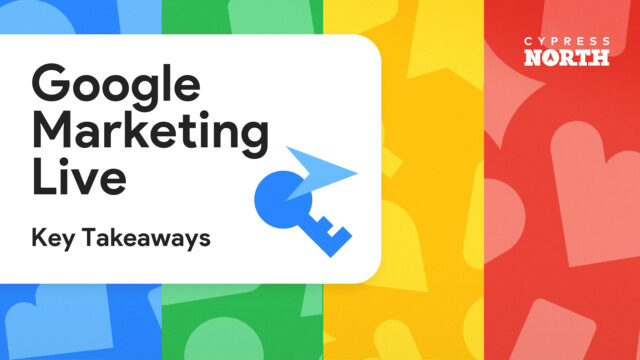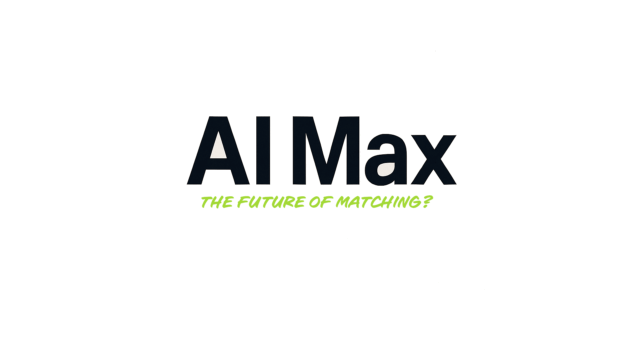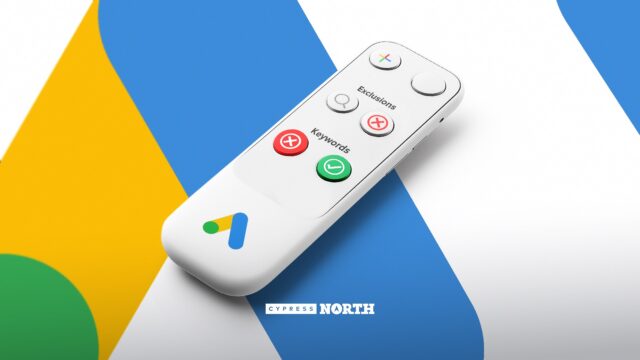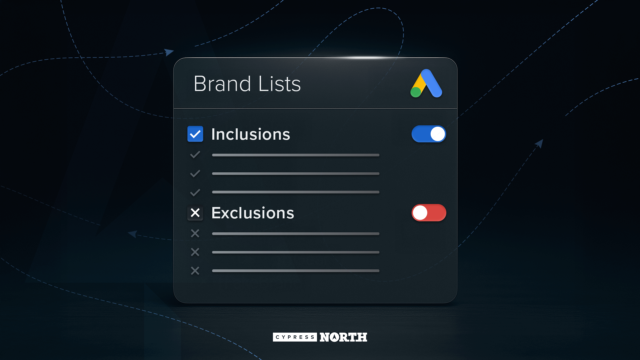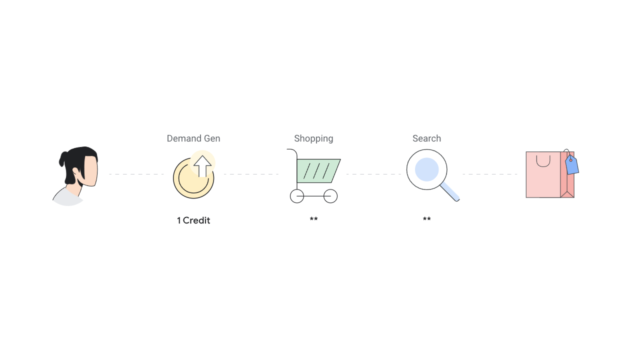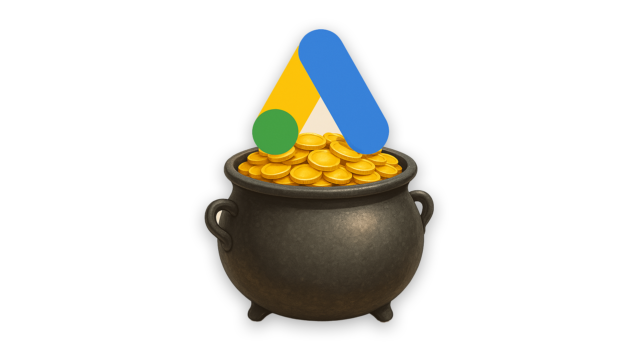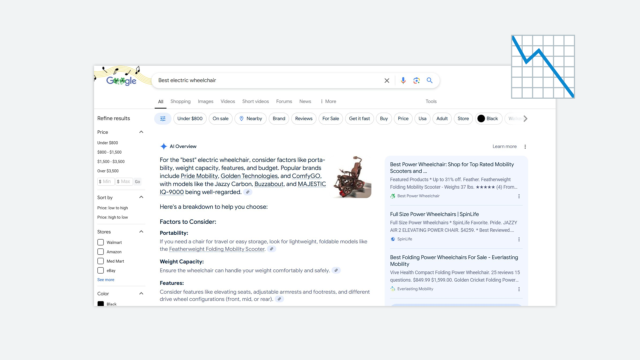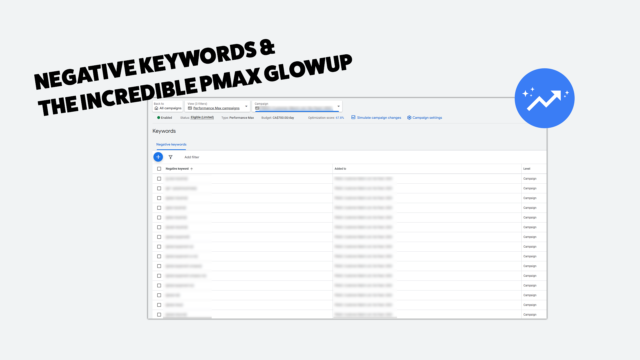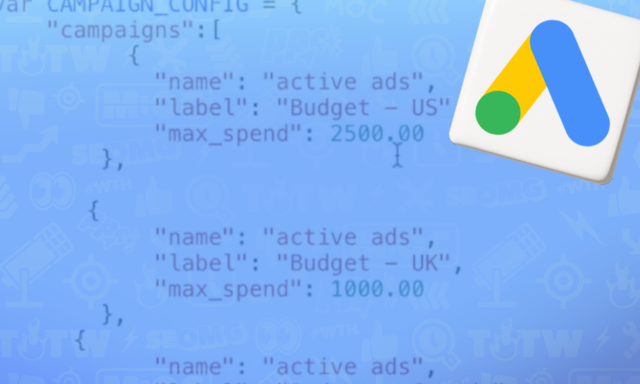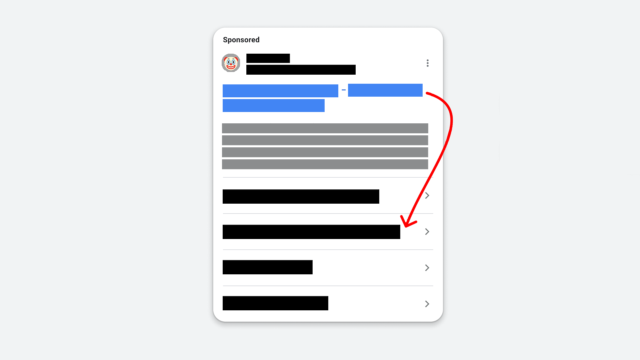How Much Are You Really Spending on Your Brand?

Tracking branded spend can feel like a puzzle sometimes. Google makes it hard to see exactly where your dollars are going, especially when it comes to brand spend.
If you’re not regularly checking where your money is going, you may be spending too much on traffic that is not incremental.
In this blog, I’ll break down why brand hygiene checks are essential and how to perform them effectively!
What is Brand Spend?
Brand spend is the portion of your advertising budget you use to appear for your brand name. By definition, this spend targets users already aware of or familiar with your brand.
Let’s use Cypress North as an example. If we ran a branded search campaign, we would put our dollars toward keywords like:
- “Cypress North”
- “Cypress North performance marketing”
- “Cypress North digital marketing agency”
- “Cyprus North”
- And other branded modifiers
How Much Should You Spend On Brand?
Determining Budget Based On Your Objectives
Before you can determine whether you’re overspending on brand-focused campaigns, it’s important to define your marketing objectives.
What are you trying to achieve with your campaigns? Your budget allocations should align with your goals to ensure you are investing in the right areas. (If you’re not sure where your spend should go based on your objectives, I have a few awesome marketing friends to help you!)
Keep in mind, regardless of your overall objectives, there may be situations where increasing your budget for brand-focused campaigns makes sense. Here are a few to consider:
Are Competitors Bidding On Your Name?
Plan on putting some money toward brand campaigns to defend your name.
Fighting Resellers?
If third parties sell your products, they may be advertising using your name. You can run branded campaigns to drive users to your site where you get a higher margin.
Those are just a few examples, of course. But if you don’t have any competitors or resellers bidding on your name, it might make sense to hold off and push that budget to other areas. Just remember the key takeaway – that your strategy and spending should support your broader marketing goals.
Why You Shouldn’t Allocate ALL Your Spend to Brand
Imagine this: you own a brick-and-mortar store. Would you stand outside and give $5 to every person about to walk in?
Probably not, because they’re already on their way in, ready to shop. They don’t need that extra incentive.
Similarly, we shouldn’t pour all our ad spend into the people who are already searching for our brand. These users are likely already loyal or ready to purchase, so you’re essentially paying for customers who are on the verge of converting anyway.
While it’s important to allocate funds to protect your brand, especially in competitive markets, your primary focus should be reaching new customers and remarketing to those who need an extra nudge to come back. If you spend all your money on people who already know you, you're missing out on the opportunity to attract new, untapped audiences.
How to Check Your Branded Spend
It’s crucial to ensure your budget allocation is aligned with your marketing goals.
But how often should you check?
Ideally, you should be in your account every day, keeping an eye on your performance. This daily check-in helps you catch any issues early, so you can take immediate action.
Custom reporting tools like Looker Studio and Power BI allow you to easily track your goals and spending in real-time. These tools allow you to create tailored dashboards that provide instant insights into your performance and spending.
Beyond the daily check-ins, you should also take monthly investigations into exactly where your spend is going and how much of it is branded.
Do your due diligence - Google sometimes spends money on your brand when you don't even know it! This can make it tricky to get a clear picture of how much you're spending on brand efforts.
Thankfully, with the right tools (AKA this blog), you can track where your money is going.
Shopping & Search Check
Before we get into the math lesson we need for Performance Max, let’s go over how to check our Search and Shopping campaigns.
All you need to do is follow these four steps:
- Navigate to either your Search or Shopping campaign
- Select ”Search terms”
- Filter keyword text contains “your brand”
- Add up the cost from those terms
A cool thing about search term reporting is you can export the report to Google Sheets or Excel!

Performance Max Check
Due to the lack of reporting available in the platform, Performance Max makes it essentially impossible to tell how much money is going to non-brand vs. brand. You may have campaigns you think are excluding your brand, but let’s be real, is Google actually listening to you?
So the only way we can gauge if we are spending on our brand is going to be to pull conversions and conversion value based off search queries.
Let’s choose a Performance Max campaign to start, then navigate to your insights tab.
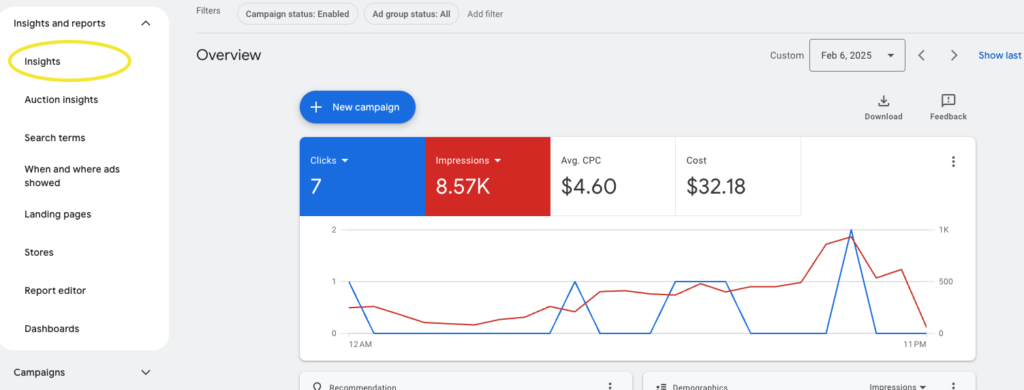
Now pop into your search term insights. This section gives you a good temperature check on what queries are driving conversions.
To find the conversion value associated with these queries, we need to download this report. Follow these steps to do that:
Campaign > Insights > Scroll down to “Search terms insights” > select “Custom: date range” > Download

Within your spreadsheet, you’ll find duplicate search terms. This is because Google groups them by “Search Subcategory” so the most accurate way to find conversion value per search term is to use the “Subcategory - Total” and then filter the “Search Subcategory” to only “Subcategory - Total.”

Now filter “Search Category” to whatever your branded terms are.

From here, we can calculate our conversion value and conversions. If we find that $500,000 out of $650,000 of our total conversion value is coming from our branded terms, we know that this campaign is leveraging more brand than non-brand. This is a good look at of how much of the campaign's success is driven by our own brand, versus the potential for scalable results.
Although, we can estimate our branded conversion value for the Shopping and Search portion, we won’t be able to attribute all of it. This is because Performance Max runs across all of Google's advertising networks, which goes beyond just Shopping and Search.
What Should I Do Next?
Now that you know how much you’re spending on your brand, it might be time to take action. If you find that your brand spend is eating into your budget for your marketing objectives, stand up to the brand spend with full force!
You may be thinking, “Okay but what do I do to fix it?” I’d never leave you hanging! Check out part two of this blog series, where I show you how to fix these issues and optimize your spend.
In the meantime, feel free to contact us — we’re here to help you get your strategy on track!
Meet the Author

Callie Kessler
Callie is a Digital Marketing Associate based in our Rochester office. She joined our digital marketing team in August 2024 and helps support our PPC and SEO efforts for clients.
Originally from North Haven, Connecticut, Callie attended St. Bonaventure University, where she played Division I lacrosse. She graduated in May with a Bachelor of Arts in strategic communications.
While attending St. Bonaventure, she gained digital marketing experience as an intern at Grand River Agency.
When she’s not at work, Callie enjoys traveling, reading, and playing pickleball. She once went viral for an anesthesia-induced rant about the Green Bay Packers – which caught the eye of star quarterback Aaron Rodgers.


